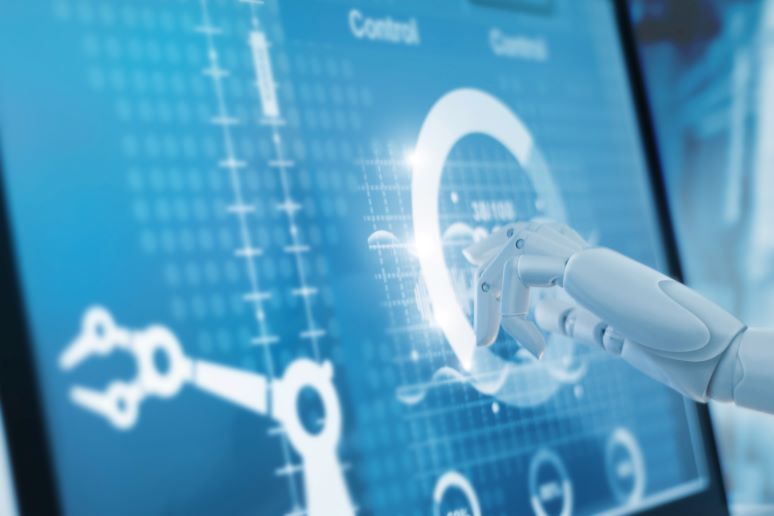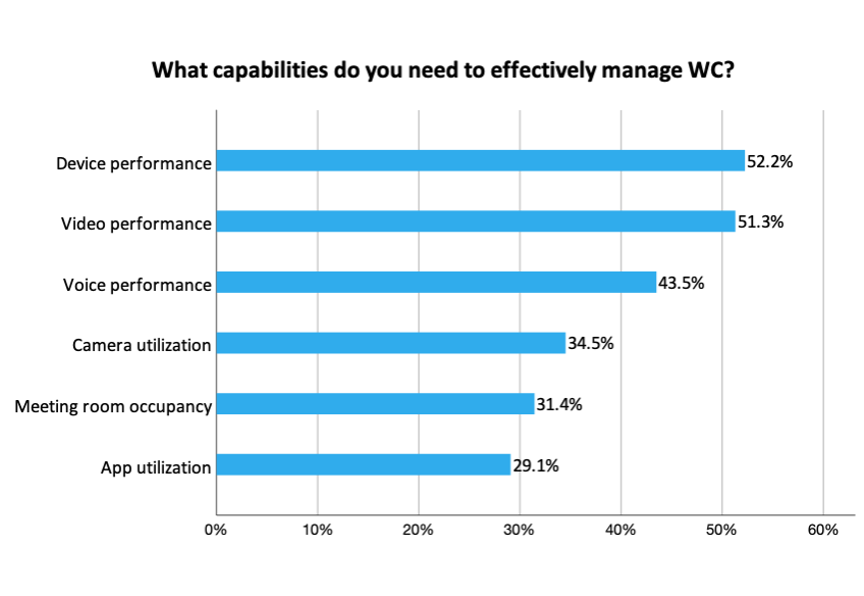As a wave of generative AI copilots and virtual assistants have entered the market, generative AI is now poised to drastically change the way businesses and service providers manage and operate applications and networks. Much attention has been focused on the copilots that streamline productivity-related tasks. Case in point: Last year at Webex One Cisco introduced the Webex AI Assistant. Like competing virtual assistants (or copilots), Webex AI Assistant offers generative AI (Gen AI) capabilities such as meeting summarization, action item capture, and content creation assistance.
Gen AI for IT Admins
However, Cisco also announced that it was bringing generative AI capabilities to Control Hub, its administration and performance management platform for Webex and collaboration devices. These new capabilities provide IT administrators with powerful new tools to perform configuration tasks, or to troubleshoot network and application problems. These new Gen AI capabilities offer the potential to drastically change the way IT administrators manage moves/adds/changes/deletions as well as respond to application performance issues.
Currently, performing routine tasks such as configuring an endpoint or checking device health require administrators to navigate a series of screens. Troubleshooting may require also clicking through to a number of screens to identify a device or user and determine recent activity that could have caused the issue. With a generative AI assistant, the traditional menus are replaced by a conversational interface. Via this, bot administrators can perform routine tasks or conduct troubleshooting. More importantly, the bot can suggest next steps, highlight information that may be helpful for troubleshooting, and learn from actions taken to resolve the issue.
In Cisco’s case, generative AI capabilities within Control Hub extend to network infrastructure components such as wireless routers. As someone who once aspired to obtain Cisco Certified Internetwork Expert (CCIE) certification, the idea of a generative AI bot replacing hours of training, poring over user manuals, drilling down through menus, and even typing out command-line interface interactions is exciting. For administrators, such capabilities offer significant potential to reduce training costs and to speed the time it takes to perform administrative management tasks or to respond to application and device outages.
Gen AI for AIOps
Generative AI, applied to operations, represents the next step in the evolution of AIOps. AIOps has been used by network administrators, as well as vendors providing administration and performance platforms from vendors such as BigPanda, IBM, ScienceLogic, Splunk, and VOSS to use AI to recognize patterns in network and application behavior.
The goal of AIOps has been to automatically surface anomaly information of interest to network operators, and to enable automated recovery with no or minimal user impact. For example, an AIOps platform could automatically identify and route around a network congestion point or apply additional bandwidth in advance of peak network traffic scenarios that it recognizes are likely to occur based on past data traffic flows. Gen AI LLMs can leverage AIOps platforms to surface data and information to operators to improve the time it takes to identify issues, and to reduce mean time to repair.
Metrigy’s Workplace Collaboration: 2023-24 global study of 440 organizations shows that IT leaders need a variety of insights to effectively manage their workplace collaboration environments. Top on the list is device performance, followed by video and voice performance (see the following chart).
We also find that companies primarily rely on their existing network management tools as well as capabilities available from application providers. Just 21% of organizations use third-party management platforms, though those who do are more likely to realize benefits in terms of reduced operating costs and higher productivity. While Cisco is the only vendor who has announced generative AI capabilities for administration and performance management, it’s likely that others will bring such features to market in relatively short order.
Those responsible for managing their workplace collaboration applications as well as those responsible for network management should pay close attention to the development of generative AI capabilities for management. Expect significant potential to reduce operating costs and improve user experience.
About Metrigy: Metrigy is an innovative research and advisory firm focusing on the rapidly changing areas of workplace collaboration, digital workplace, digital transformation, customer experience and employee experience—along with several related technologies. Metrigy delivers strategic guidance and informative content, backed by primary research metrics and analysis, for technology providers and enterprise organizations.










